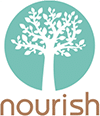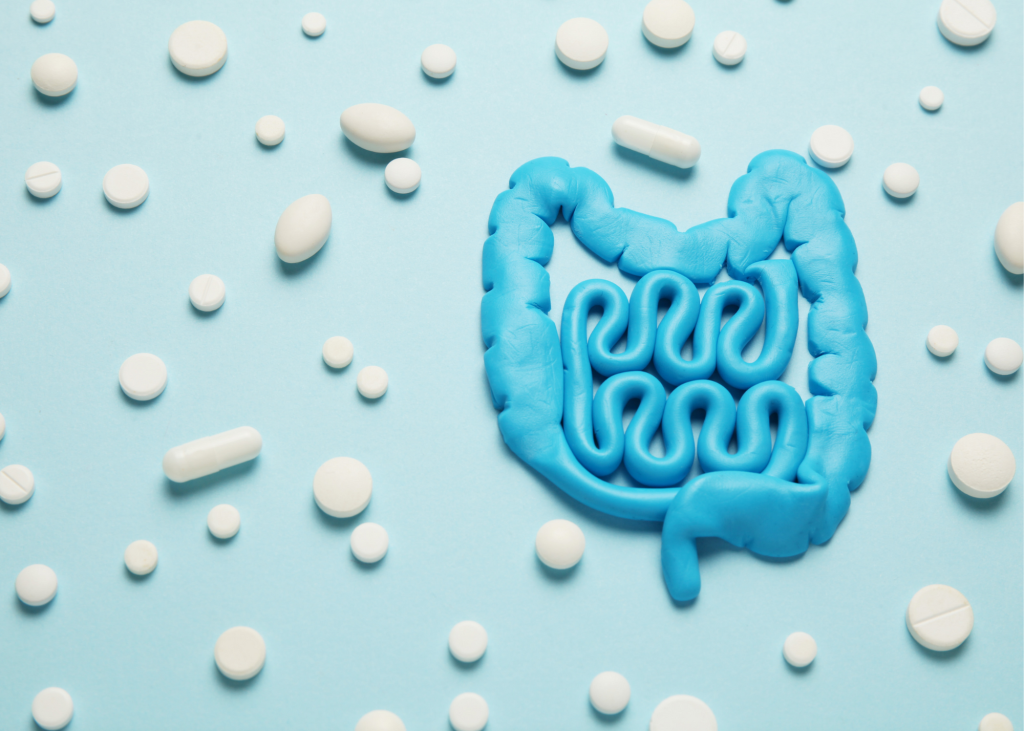Gut Health
Prebiotics and Probiotics: Everything You Need to Know for a Healthy Gut
Prebiotics and probiotics have gained a lot of attention in recent years and even though they sound similar, they have very different roles in maintaining your health. You may not realise it, but we have trillions of microscopic bacteria living in our bodies. So many in fact, that scientists believe there are more bacteria in our body than there are human cells. But the question arises, what benefits do these bacteria actually have, and how do they survive?
What are Probiotics?
In short, probiotics are the live bacteria and yeasts that live in or on our body. Generally, you will find these on any part of the body that has contact with the outside environment. This includes on our skin, in our mouth, and in our gastrointestinal tract. Probiotics are the ‘good’ microorganisms that provide a range of health benefits, but our body also houses ‘bad’ microorganisms, and a balance of the two is necessary for optimal health. The ecosystem in which all these microorganisms live is called a microbiome.
The way that probiotics are identified breaks them down into the Genus, Species and Strain of the bacteria. For example, a common probiotic you may have heard of is Lactobacillus rhamnosus GG. In this case Lactobacillus is the Genus, rhamnosus is the Species and GG is the Strain. There are thousands of different species and strains that we are aware of, and many that scientists are yet to discover. This is why probiotics can be very challenging to understand, and why our knowledge on them is still very limited and constantly changing.
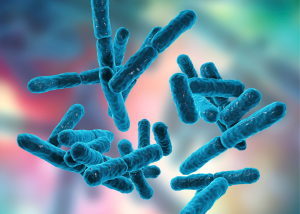
What are Prebiotics?
Prebiotics are fibres found in plant foods that the human body can’t digest, but the probiotics living in us can. As the fibre continues along the gastrointestinal tract without being digested, it reaches the large intestine where the majority of probiotics live. Here, the probiotics feed on the prebiotics (fibre), allowing them to thrive and carry out their required roles.
Much like we all have our own food preferences, probiotics do too. Each specific type of probiotic prefers feeding on different prebiotic fibres from different plants, and that is why it is so important for us to consume a wide variety in our diet. On average, we should be aiming to consume around 30 different plant foods per week. This may sound like a lot, but it is extremely doable!
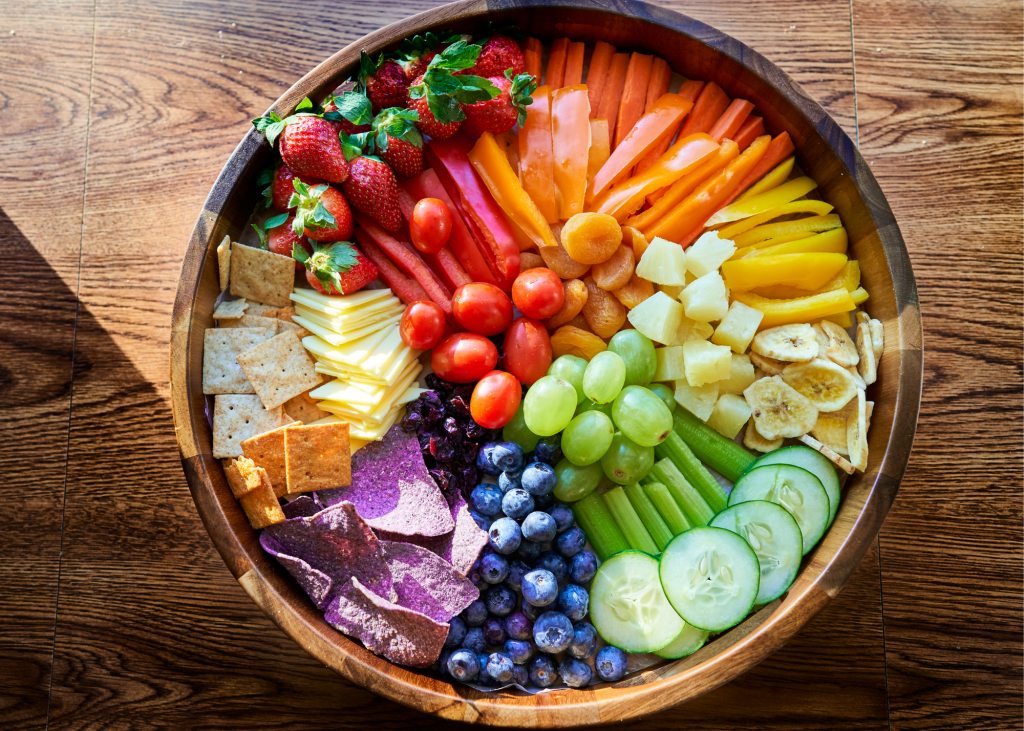
What are the health benefits of prebiotics and probiotics?
Now that you have an overall idea of what probiotics and prebiotics are, let’s look at what health benefits they can provide. Probiotics have a variety of health benefits, including:
- Maintaining healthy bowel function
- Alleviating symptoms of Irritable Bowel Syndrome (IBS)
- Supporting vaginal flora
- Improving symptoms of poor mental health
- Assisting in immune system function
- Treating eczema and other skin conditions
- Creating nutrients such as vitamin K and short chain fatty acids
Obviously to provide any of these benefits, probiotics require the fuel, or food, to continue to survive. This means that we must consume adequate amounts of prebiotics consistently in our diet to maintain a well functioning gut microbiome.
Supplements versus Dietary intake
This is a controversial topic, with some saying we should supplement, and some saying there is no benefit over consumption through food. For a generally healthy individual, that has no chronic gut disturbances, skin issues or other conditions that may benefit from probiotic supplementation, there is no real reason to take a probiotic supplement. Consuming probiotics through the diet should be sufficient enough. Here is a list of foods that contain beneficial probiotics that you can include in your diet:
- Yoghurt
- Sauerkraut
- Kimchi
- Kefir
- Some pickled vegetables
- Miso
In saying this, some individuals such as those who suffer from IBS, eczema, or have recently taken antibiotics, may benefit from taking specific strains of probiotics. It is recommended that you visit a health professional or your local health food store to discuss which probiotics may be best suited to your symptoms.
A similar assumption can be made for prebiotics. Before you go out and buy expensive supplements, remember that prebiotics can be found in a lot of foods. Because they are a form of fibre, they are found in vegetables, fruits, legumes, and wholegrains. Some foods with very high prebiotic content include:
- Bananas (especially unripe)
- Oats
- Berries
- Jerusalem artichokes
- Dandelion greens
- Garlic
- Leeks
- Apples
- Chickpeas
- Lentils
Because prebiotics are a fibre source, increasing your intake too quickly, or having too much can cause some gut disturbances such as flatulence and abdominal pain. To avoid this, increase your intake of fibrous plant foods slowly week by week and consume adequate amounts of water daily.
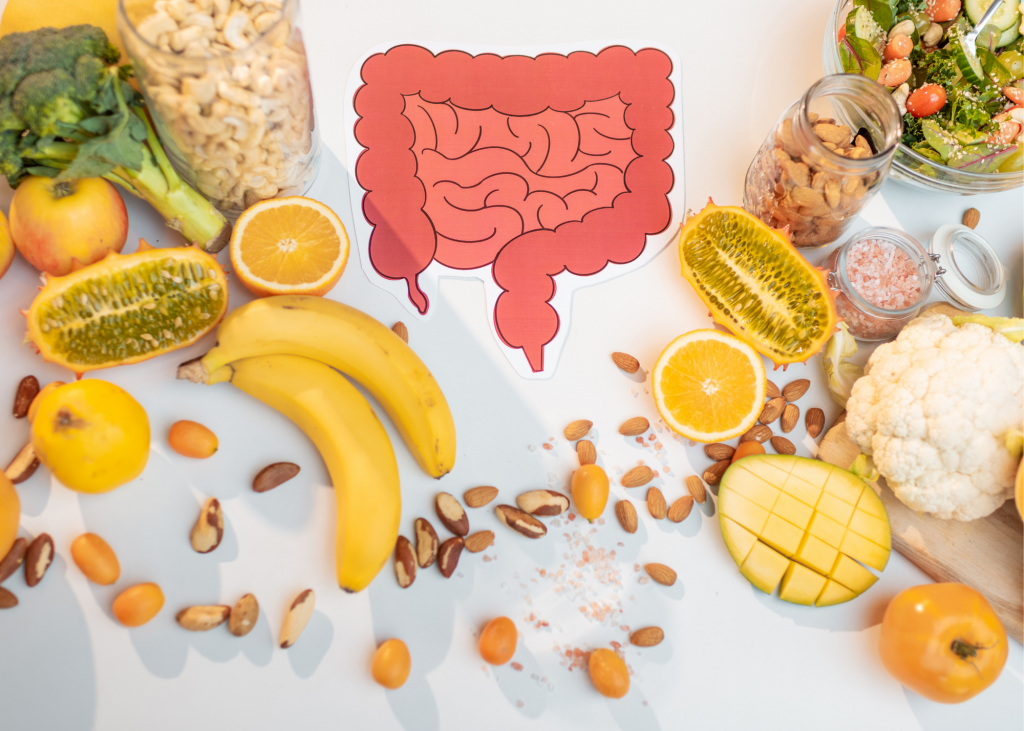
In Summary
There is no doubt that prebiotics and probiotics are essential for our health and provide an array of benefits to our bodies. Although they have very different roles, they do need one another to work most efficiently. Luckily, we can get both prebiotics and probiotics from our diet, and supplemental forms are easily accessible in most pharmacies and health food shops.
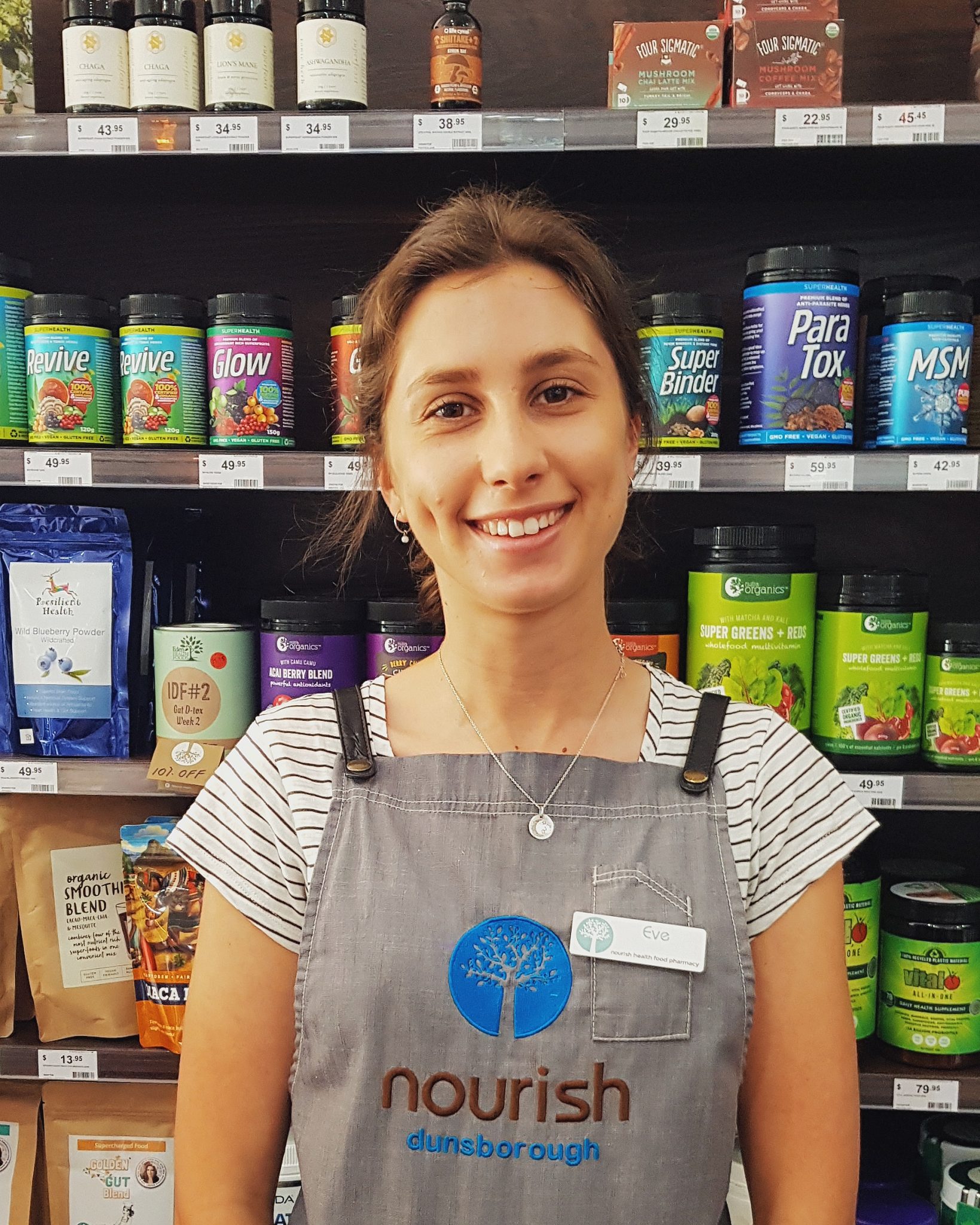
Eve Bishop
Nutritionist
This blog was written by Eve, Nutritionist at Nourish Health

